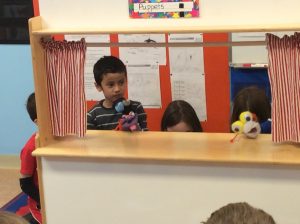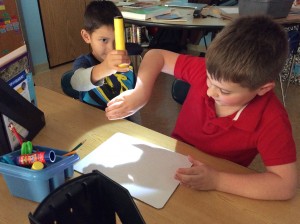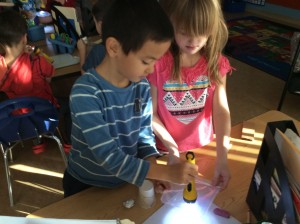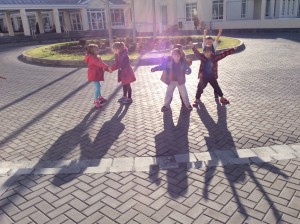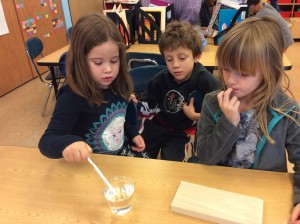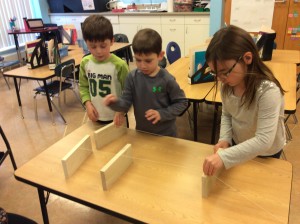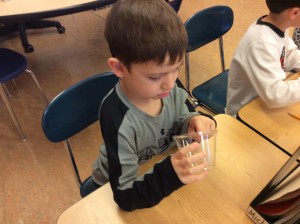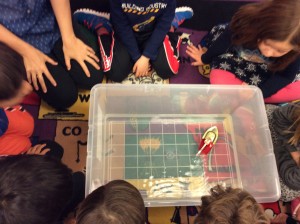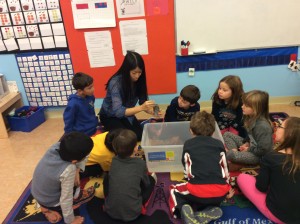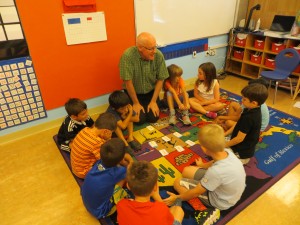
Research has shown that fluency and expression when reading are the keys to comprehension, and comprehension is the goal for all reading activities. This trimester Grade 1 has been working hard on increasing fluency by doing choral reading and readers’ theatre.
The students also made a class list of the clues an author gives the reader on how the story should be read. These include all kinds of punctuation ( ! ? , .), capital letters, speech marks, bold or italicized words, and pictures. The students have also learnt the importance of keeping track of how the characters in the story are feeling, because this is an important clue for how to read too.
We have been having fun reading ‘Mr Putter and Tabby Drop the Ball,’ as well as ‘Click, Clack, Moo,’ and ‘Is Your Mamma a Llama?’



